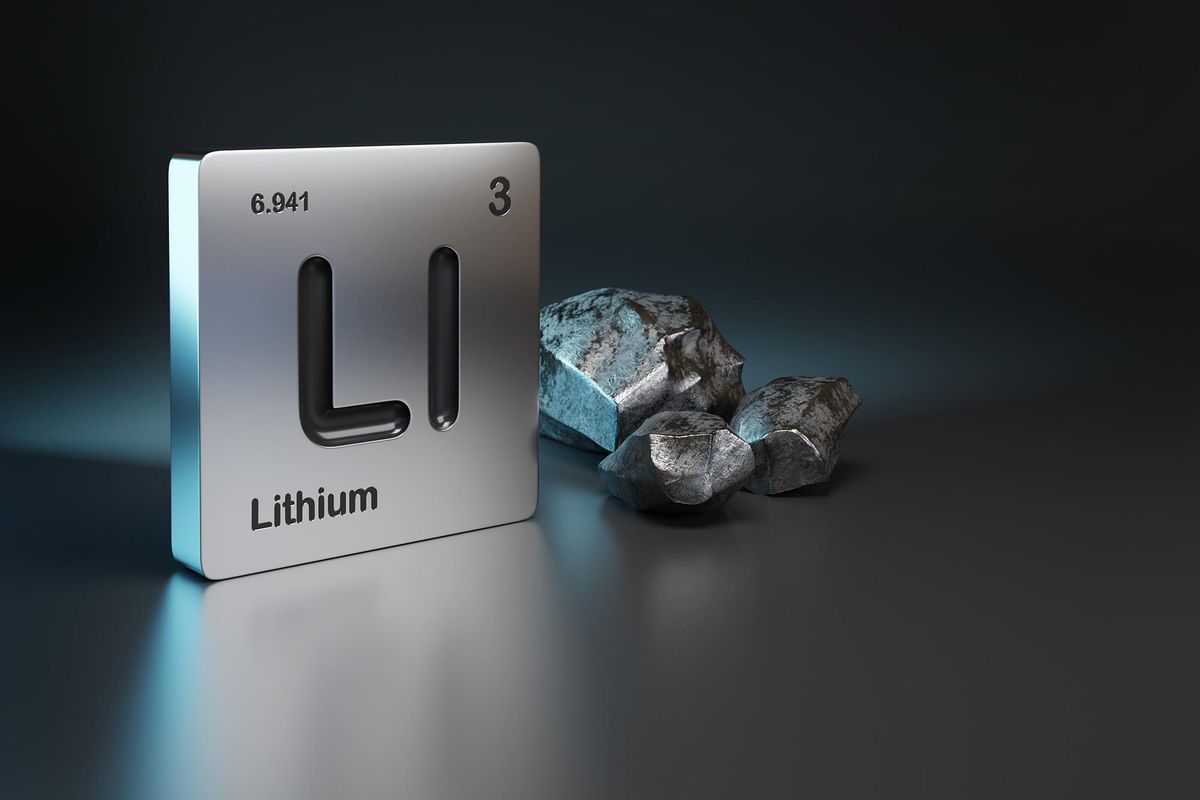5 Basic Lithium Facts
The lithium market is hot right now. Before you leap in and start investing in this important commodity, learn these five basic lithium facts.

Lithium-ion batteries power everything from cell phones to laptops to electric vehicles (EV), and demand continues to rise. Companies and investors are continually being drawn in by reports of lithium's essential role in combating climate change, news of Tesla’s (NASDAQ:TSLA) gigafactories and advancements in lithium-ion battery technology.
However, there’s more to lithium and the lithium market than EV batteries, and those new to the lithium space will want to get a handle on lithium basics before jumping in. Here’s a look at five lithium facts investors should know.
1. It’s the lightest metal on the periodic table
The first lithium fact that might come as a surprise is that lithium is the lightest metal on the periodic table. Lithium is almost half as dense as water and is part of the alkali metals group.
The metal also has a high specific heat, making it useful in the production of heat-resistant glass, while its electrochemical potential makes it useful in batteries.
2. It can be found in brines, hard-rock deposits and clays
Another lithium fact is that the element is found all over the world, in both hard-rock deposits and evaporated brines. The Greenbushes mine in Australia is a key hard-rock deposit, while most of the world’s lithium brine production comes from salars or salt flats in Chile and Argentina. Along with Bolivia, those South American countries make up the prolific Lithium Triangle.
It's worth noting that several companies are also looking to develop clay-based lithium deposits.
3. There are many different types of lithium products
There are various types of lithium products, and many different applications for the mineral. After lithium is extracted from a deposit, it is often processed into lithium carbonate, lithium hydroxide or lithium metal. Battery-grade lithium carbonate and lithium hydroxide can be used to make cathode material for lithium-ion batteries. Most contaminants must be removed in order for either material to be considered battery grade.
Hydroxide tends to be more expensive, but can produce cathode material more efficiently. It is also necessary for some lithium-ion battery cathodes, such as nickel-cobalt-aluminum oxide and nickel-manganese-cobalt oxide.
On the other hand, lithium metal can be used to produce anode material for high-energy-density batteries. Lithium metal is produced by the electrolysis of lithium chloride and potassium chloride. The popularity of lithium metal is increasing due to its use in solid-state batteries, which could become an alternative to conventional lithium-ion battery technology as the energy storage revolution unfolds.
There is also a market for technical-grade lithium. Technical-grade lithium products, such as technical-grade lithium concentrate, sell for a cheaper price than battery-grade products, and are used in applications such as glass and ceramics. Technical-grade lithium products must have very low concentrations of iron.
4. It’s not just for batteries
While batteries have been getting most of the attention in the lithium space lately — and while demand for lithium from the battery and energy storage sectors is certainly on the rise — other industries continue to account for a healthy proportion of lithium demand.
Data from US Geological Survey shows that in 2013, rechargeable batteries made up 29 percent of lithium demand, while the remainder mostly came from various industrial functions. In 2022, that proportion increased to 80 percent, but sizeable portions of the market were still accounted for by ceramics and glass (7 percent), lubricating greases (4 percent) and other industrial uses. Lithium is also used in pharmaceuticals, casting mold powders and as an absorbent material in industrial humidity control.
5. There's no single lithium price
Last on this lithium facts list is the price challenge — as experts often point out, there's no single lithium price. Lithium traded at spot prices only reflects a portion of the market, and investors should keep in mind that most lithium is locked up in contracts, which in some cases include fixed pricing.
Following initial concerns from lithium market participants, in 2021 the London Metal Exchange launched its lithium contract, while CME Group also kicked off a similar contract for the battery metal.
Investors interested in learning more about prices can look to research firms dedicated to price reporting and assessment of different lithium products, or to experts in the lithium space for market reports and forecasts.
This is an updated version of an article originally published by the Investing News Network in 2015.
Don’t forget to follow us @INN_Resource for real-time news updates!
Securities Disclosure: I, Melissa Pistilli, hold no direct investment interest in any company mentioned in this article.






